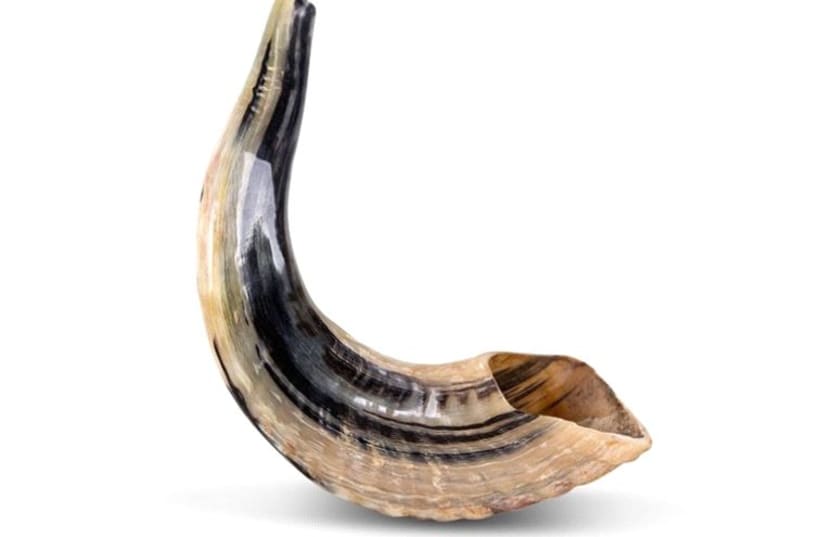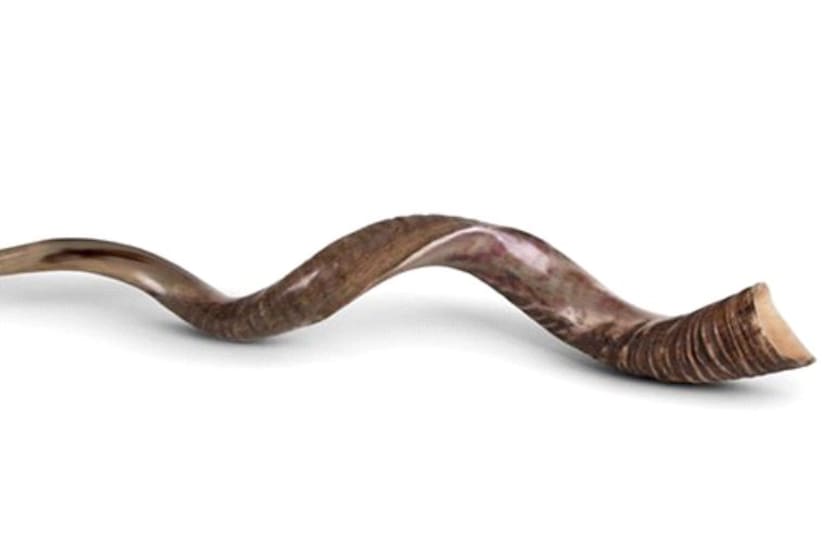From kindergarteners’ Rosh Hashanah songs to your personal end-of-Yom-Kippur countdown, the shofar plays a significant role in our High Holy Days’ celebrations. It’s so important, in fact, that one of the Torah’s names for Rosh Hashanah is Yom Teruah – a day of blasting (the shofar). But what is a shofar, and why do we use it?



The shofar has played a role in the most momentous occasions in Jewish history. It heralded the start of war, was used in royal processions, and was sounded when Jericho’s hitherto unbreakable wall crumbled. It was played with silver trumpets in the Temple to announce the special offerings brought on holidays, and was blown to announce the new moon.
Today, it plays a crucial role in our Rosh Hashanah celebrations. The Torah demands that the shofar be blown on this holy day: the Rabbis extrapolated the command into a sequence of 100 blasts built into the days’ prayer services. It is also blown throughout Elul (the Hebrew month which precedes the High Holy Days), serving as a poignant, ear-splitting wake up call for repentance before Rosh Hashanah, and again to signal the end of Yom Kippur.
A shofar is a treated horn from any animal in the Bovidae family; it is most commonly ram and practically never cow. The keratin horn is cleaned and flattened, and a hole is drilled from the horn’s end to meet the natural hollow inside, creating a continuous airway which can be blown through.
While Ashkenazi and Sephardic Jews use small, curved rams’ horn shofars, Yemenite Jews use long, curling kudu shofars and Moroccans use flat, uncurved horns. Each horn has unique resonance and harmonics, making a different sound to any other. As horn is an organic material, every shofar has a slightly different blend of colors and is finished in a way that will emphasize its natural shine and beauty.